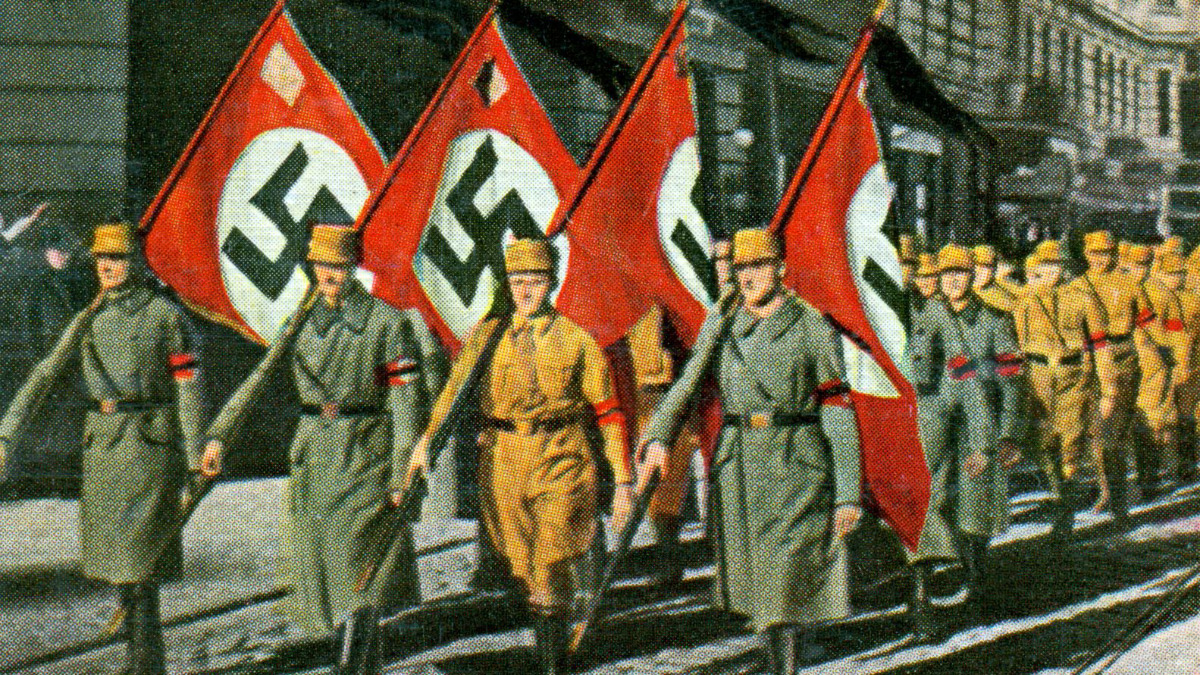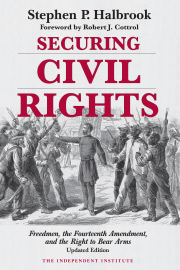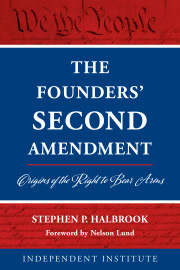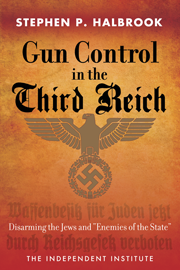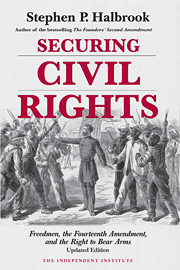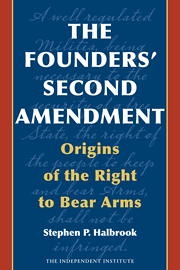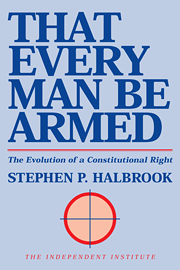November 2013 marks the 75th anniversary of Kristallnacht, the Night of the Broken Glass, Hitler’s pogrom against Jews that foreshadowed the more extreme measures taken during World War II and the Holocaust. Many commentators reflect on the solemn occasion, attempting to draw lessons for the present day. But what remains neglected in almost all remembrances is the central role gun control played in the Nazi reign of terror.
The modern gun control debate did not begin in America. The same arguments for and against appeared in the chaotic 1920s in Germany’s Weimar Republic, which opted for gun registration and control. These measures restricted law-abiding persons, but they had no effect on the ongoing political violence between the Communists and the emerging Nazi party. These policies had horrific consequences.
The Weimar government’s Interior Minister warned that police must carefully secure the registration records to keep them from falling into the hands of an extremist group. But this is exactly what happened when the ultimate extremist group, led by Adolf Hitler, seized power in 1933. The National Socialists used the records to identify, disarm, and attack “enemies of the state,” a euphemism for political opponents and Jews.
Although Hitler’s gun-control policies exempted Nazi party members from some restrictions, targeting private gun ownership was part of the regime’s strategy for consolidating power. The first major “Aryanization” of a Jewish business, seen in Europe as an attack on private enterprise, occurred with the expropriation of a major firearm manufacturer owned by Jews. The Gestapo banned independent gun clubs, arresting their leaders who failed to surrender their offices to Nazis.
By 1938, the Nazis had deprived Jews of citizenship rights and were ratcheting up measures to expropriate their assets. To ensure that they had no means of resistance, the regime ordered Jews to surrender their firearms and other weapons. Police used the registration records to locate Jewish gun owners such as Olympic gold medalist Alfred Flatow, who was arrested and turned over to the Gestapo. Like countless others, he later died in a concentration camp.
In November 1938, weeks after confiscating firearms from Jews in Berlin and elsewhere, Propaganda Minister Joseph Goebbels orchestrated Kristallnacht. Nazi paramilitaries and mobs ransacked businesses, torched synagogues, and rounded up thousands. SS chief Heinrich Himmler decreed 20 years in a concentration camp for possession of a firearm by a Jew.
Diaries and other eyewitness accounts record how the Jewish victims themselves—gun owners as well as those not remotely connected to gun ownership—described the onslaught. Jewish veterans who had served with distinction in the Great War saw their rusty revolvers and bayonets confiscated. House searches for guns became a pretext for seizing other valuables. These accounts by victims, many of them women and children, bring to life the horror of Nazis ransacking homes and arresting husbands and fathers.
A skeptic would say that a better-armed populace might have made no difference, but the National Socialists didn’t think so. In secret documents discovered by Weimar Republic authorities, future Gestapo legal adviser Werner Best proposed a Nazi takeover that would deny Jews food and would execute anyone refusing to surrender their firearms.
Historians often describe the Night of the Broken Glass as the prelude to the Holocaust. They have written much about the pogrom but have ignored the firearm policies that rendered its targets defenseless. I hope to remedy this omission with the publication of my new Independent Institute book, Gun Control in the Third Reich: Disarming the Jews and “Enemies of the State.”
Based on newly discovered documents from German archives, diaries, and newspapers of the time, my book presents the hidden history, in a readable but well-documented and scholarly manner, of how Hitler’s dictatorship made use of gun control to disarm and repress its enemies and consolidate its power. It is the first book to address Nazi firearms law and policies that functioned to disarm German citizens, particularly political opponents and Jews.
Gun control laws are often depicted as benign and historically progressive. In fact, Nazi firearm policies, together with hysteria directed against Jewish gun owners, played a special role in laying the groundwork for Hitler’s increasing belligerence and persecution of the Jews. The Nazi regime saw disarming political opponents as a categorical imperative, and aimed to reduce the threat of armed resistance by disarming domestic subjects and, in World War II, disarming victims in the occupied territories. Gun control assisted Hitler in his expansion of tyrannical power that culminated in his military invasions and ultimately the Holocaust.
Understanding how this nightmare unfolded is essential to making good on the promise: Never again.

